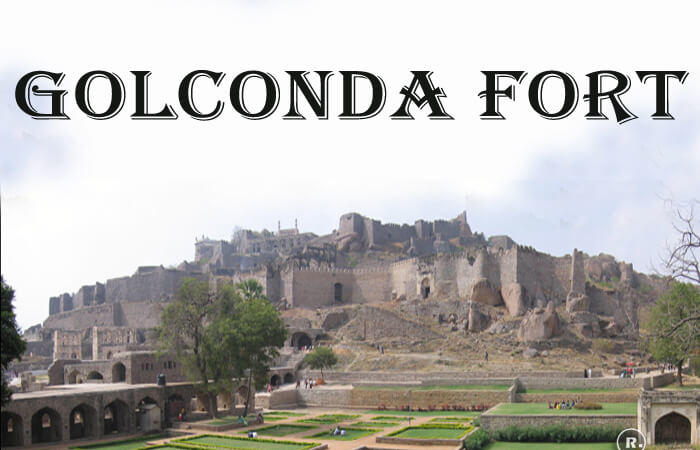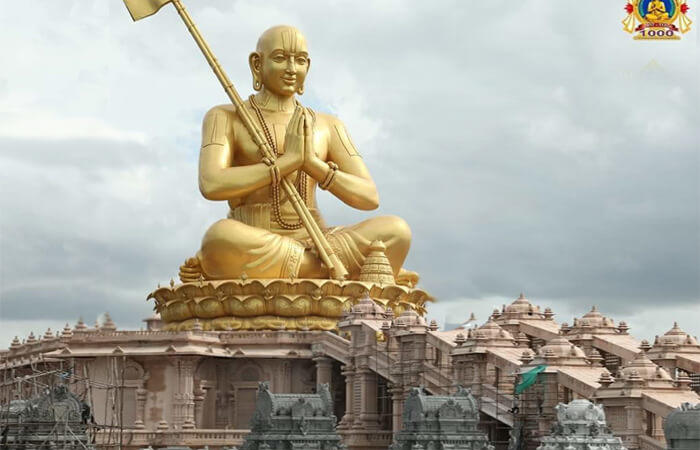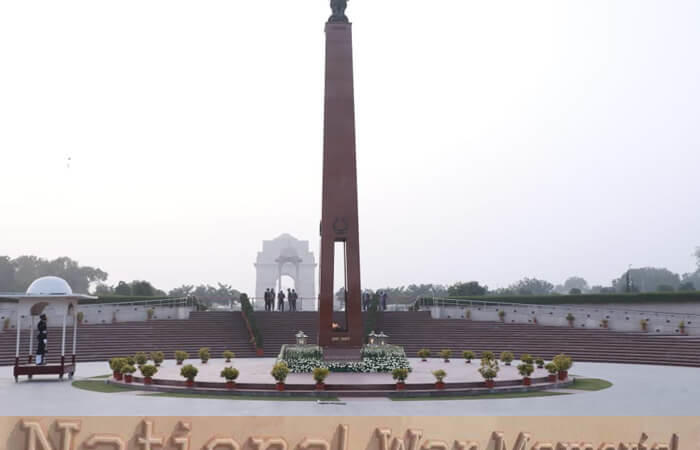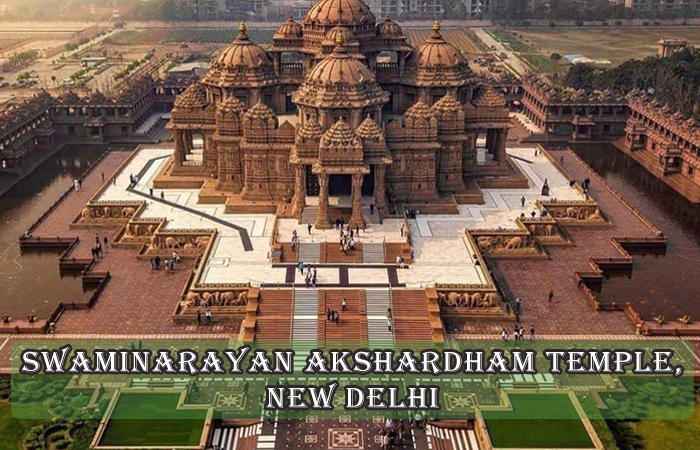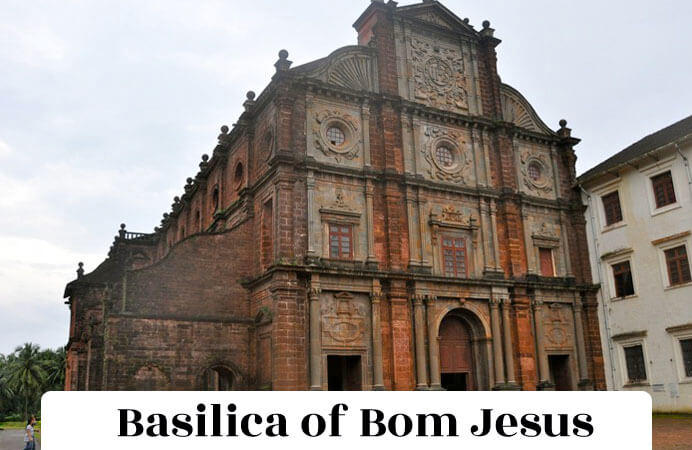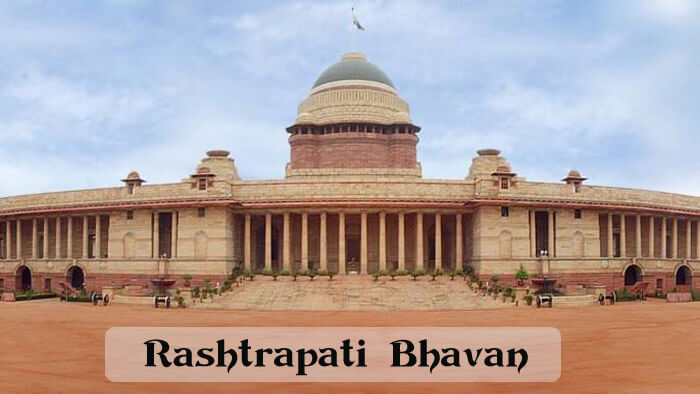Venugopala Swamy Temple, Mysore
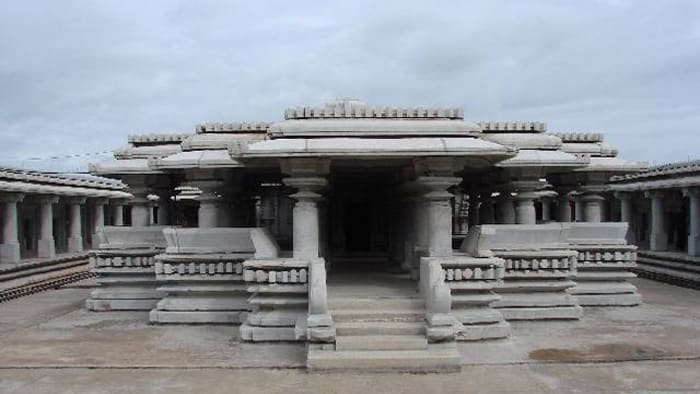
A masterpiece of Hoysala architecture style, the Venugopala Swamy Temple is a spectacular site to visit. Venugopala Swamy Temple was once submerged during the construction of Krishna Raja Sagara Dam, famously known as KRS Dam and the temple stayed underwater for a century.
The temple dome could only be seen during the drought of the early 2000s and then Khoday’s Foundation took up the responsibility to rebuild the same temple on the shore of KRS backwaters, even the maintenance is taken care of by the foundation and now has started to lure tourists and explorers.
History
Lord Venugopala Swami temple, originally built by the Hoyasalas around the 12th century AD, is huge and magnificent. With the massive complex area which was around 50 acres, the temple had a garbha griha (sanctum sanctorum), a vestibule, a middle hall, and a mukhya mantapa (main hall). The cell opposite to the entrance had a figure of Kesava (Lord Krishna) and the south cell, containing the figure of Gopalakrishna. The walls had scriptures written in the ancient Hale/Kannada language.
In 1909 after the Krishna Raja Sagar dam was built, this Venugopalswamy Temple and three more in the village of Kannambadi got completely submerged and lost underwater. Imagine a whole ancient temple of the 12th century lost underwater. The settlements were moved to a safer place but the temples had to be abandoned.
The original 12th Century Venugopalaswamy Temple, along with two other nearby temples — Kenneshwara (Ishwara) temple and the abode of Kalamma (a local deity) were abandoned. The then king of Mysore, Krishnaraja Wodeyar IV ordered the construction of a new village for the residents of Kannambadi. The new village was aptly named Hosa Kannambadi (hosa meaning new) i.e. Naya Kannambadi. The main idol of Venugopalaswamy, Lord Krishna playing on flute as a cow-herd, was shifted to a new temple in the rehabilitated village before the temple got submerged underwater. The interesting fact was that the temple remained intact despite being submerged underwater for 70 long years.
The drought was evident in the year 2000, where the total temple was resurfaced. After being submerged for 70 years, the resurfaced temple caught a lot of attention and was rebuilt by the Khoday’s Foundation on the shore of KRS backwaters, even the maintenance is taken care of by the foundation and now has started to lure tourists and explorers. Under the patronage of the Khoday Foundation, plans were made to relocate the temple to Madhuvana Park in Mysore. However, protests from the villagers of Hosa Kannambadi convinced the foundation to shift it to a place near the relocated village. The new site is about one km to the north of the original site. The backwaters would touch the outer walls of the temple and the temple is now a picturesque site covered with water on three sides.
Architecture
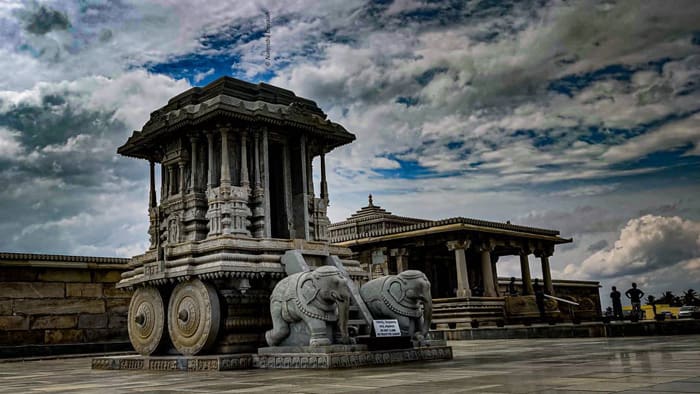
The temple to date houses the original idol of Venugopala Swamy, or Lord Krishna playing his flute as a cow-herd. The deities and murtis were installed from the original temple reside in 46 constituent shrines. The temple sides are embellished with 24 murtis depicting the Dasavatara, along with images of Lord Brahma, Harihara Saraswati, Jalasayana, and Hairgrip. Jalasayana Narayana is the image of Lord Vishnu, in a reclining posture on the water.
The shikhara temple is one of the exceptional architectural features of the Venugopala Swamy temple. The fluted design was executed by placing finely carved blocks, one over the other, without the use of mortar. On the main courtyard, stands a tall replica of the Hampi Stone Chariot.
The cost of the project was estimated to be around INR 2.5 crore. Although no damage was done to the stones after seven decades of submersion, the surface of the outer temple stones was polished, giving the temple a ‘new’ look. Inside, however, you still see the unfinished original surface of the once-submerged stones.
Over 200 people were involved in this humongous effort which officially commenced in May 2003. Venugopala Swamy Temple was successfully relocated in 2011. The new temple complex majorly comprises of old stones from the ancient temple. But it’s given a good polish, which makes it look absolutely new. So its currently situated at Hosa Kannambadi village, around 30km away from Mysore.
Even today, when water levels of the KRS are at their maximum capacity (124.80 feet), the backwaters just touch the outer walls of the temple at its new site, about 9 km. from the famous Brindavan Gardens.
Venugopala Swamy Temple is definitely one of the best temples in Karnataka that will surely offer you a slice of Hampi. The restoration and reconstruction timeline is depicted on the walls of the main temple entrance. This is an ideal place to observe how Hoysala architecture is implemented. Old architecture is infused in new stones here for the temple.

